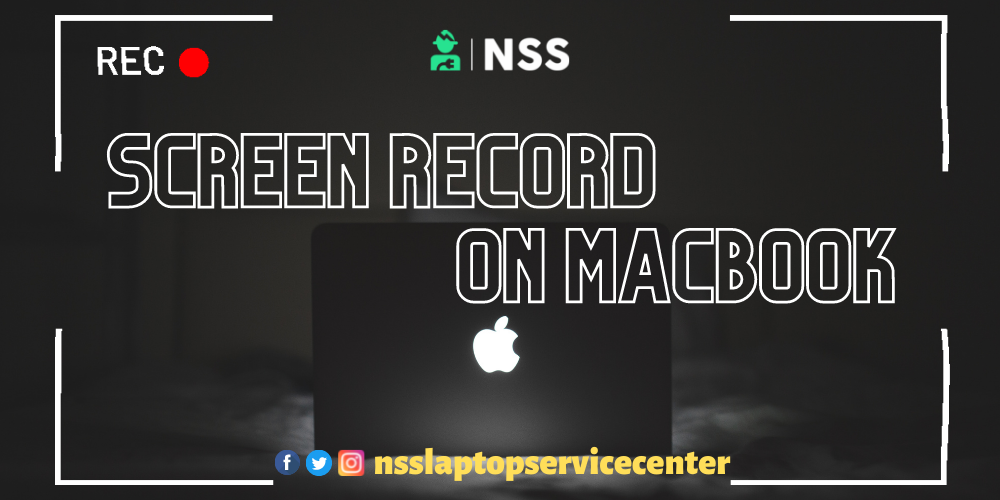
Apple Inc. created and produced a brand of ultrabook computers called MacBook Air. It has a full-size keyboard, an aluminum case that has been machined, and, in more recent models, a thin, light structure. The Air was first positioned as a high-end ultraportable, above the previous MacBook range. Since then, the Air has replaced the original MacBook as Apple's entry-level laptop due to the discontinuation of the first model in 2011 and price reductions on later models. The MacBook Air is now positioned below the MacBook Pro in terms of performance.
Table of Contents
The 13.3-inch MacBook Air, powered by Intel, debuted in January 2008 and was advertised as the thinnest laptop in the world, launching the ultrabook family of notebooks. In October 2010, Apple introduced the second-generation MacBook Air, which featured a new tapered chassis, standard solid-state storage, and a smaller 11.6-inch model. Later versions included Thunderbolt and Intel Core i5 or i7 processors. [4] The third iteration, which has smaller dimensions, a Retina display, and combined USB-C/Thunderbolt 3 connections for data and power, was released in October 2018. A new variant featuring the Magic Keyboard and the choice of an Intel Core i7 processor was released in February 2020.
The first MacBook Air with Apple silicon based on the Apple M1 processor was released by Apple in November 2020. In June 2022, Apple revealed a new MacBook Air featuring an M2 processor.
Screen Record On MacBook
A video recording of the entire screen or a specific area can be made using a Screenshot or QuickTime player.
Use the Shift, Command, and 5 keys on the screenshot toolbar.
Press Shift, Command, and 5 together to reveal the Screenshot toolbar. Controls for recording your whole screen, a specific area of your screen, or a still image of your screen will be visible onscreen:
showing the snapshot toolbar on the macOS desktop
employ QuickTime Player
From the Applications folder, launch QuickTime Player, then select File > New Screen Recording from the menu. The onscreen controls mentioned above or the Screen Recording window below will appear.
Also Read, Screen Recording In = HP, Lenovo, Acer, Asus, Dell.
You can modify the recording parameters before starting your recording by before the arrow adjacent to the Record button:
Settings for QuickTime screen recording
Select a microphone to capture your voice or audio alongside the screen recording. You can modify the volume slider to listen to that audio while recording. Reduce the level or use headphones with a microphone if you hear auditory feedback.
Select Show Mouse Clicks in Recording to display a black circle around your pointer when you click.
Click the Record button to begin recording, then do one of the following:
-
To start recording the entire screen, click anywhere on the display.
-
Drag to choose the area you want to register, then click Start Recording there.
-
Click the Stop button in the menu bar or press Command-Control-Esc to stop recording (Escape).
-
QuickTime Player launches the recording immediately after you stop recording. The recording can now be played, edited, or shared.
How to Screen Record Using QuickTime
On a Mac, launch the QuickTime software and select File from the menu bar at the top of your screen to start recording your screen. The red button in the pop-up window should be clicked after selecting New Screen Recording. Click to record audio.
Install the QuickTime Player program. This program has already been installed on Mac computers. You can download it from this page if you can't find it in your Applications folder.
Next, select File. This will be seen in your screen's top Apple Menu Bar.
Select New Screen Recording after that. The Screen Recording window will open as a result.
The red button must be clicked to begin screen recording. To record the entire screen, click anywhere on the display. Additionally, you can drag to choose an area to register before choosing Start Recording inside that choice.
Click the arrow next to the red circle to select a microphone if you also wish to capture audio.
To halt recording, click the menu bar's black circle button. To stop recording, you can alternatively use Command + Control + Esc.
QuickTime will launch the video recording automatically after you press stop. The recording can then be played, edited, or shared. Additionally, you may save it by using the Command + S keys or choosing File > Save from the QuickTime menu.
Also Read: How To Take Screenshots On MacBook
Also Read: How To Fix MacBook Folder With Question Mark Problem
Conclusion:
I won't say much as the blog has informed you about the How To Screen Record in Macbook Laptop. It is an easy process, and you can use it for various purposes.
Frequently Asked Questions
Popular Services
- MacBook Battery Replacement Cost
- HP Printer Repair in Delhi NCR
- Dell Laptop Repair
- HP Laptop Repair
- Samsung Laptop Repair
- Lenovo Laptop Repair
- MacBook Repair
- Acer Laptop Repair
- Sony Vaio Laptop Repair
- Microsoft Surface Repair
- Asus Laptop Repair
- MSI Laptop Repair
- Fujitsu Laptop Repair
- Toshiba Laptop Repair
- HP Printer Repair Pune
- Microsoft Surface Battery Replacement
- Microsoft Surface Screen Replacement




